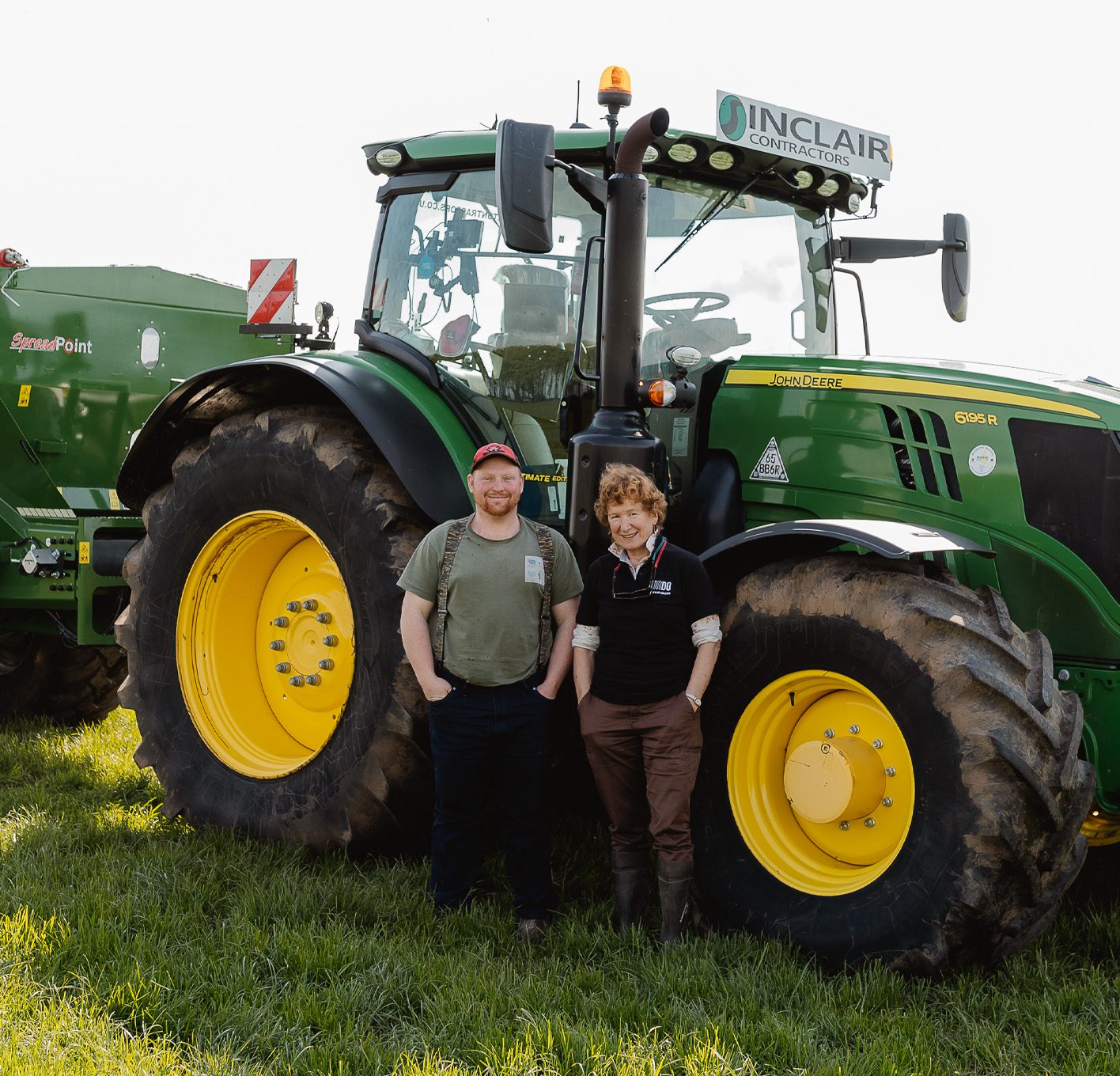It might sound strange coming from a carbon offsetting company but the truth is this: John Oliver is right and we cannot offset our way out of the climate crisis.
Global emissions were over 36 billion tonnes of CO₂ in 2021, a number so large that it is almost impossible to comprehend and one that has grown rapidly over the last decade. Meanwhile, despite a fivefold increase in the volume of carbon offsets traded between 2017 and 2021, they represented only about 0.8% of annual emissions. And without massive emissions reductions there are no combinations of offsetting technologies which could scale fast enough or far enough over the next three decades to have any chance of us achieving global Net Zero by 2050.
The only way in which we are going to achieve a Net Zero world is a sustained period of massive reductions of all greenhouse gas emissions, driven by behavioural and financial change enabled by far-sighted government policy and leadership. None of which is news. Carbon dioxide emissions reductions should be business as normal across all industries and not something which can be traded to allow others to continue to emit.
But that doesn’t mean the case for carbon offsets is dead. The ultimate challenge of emissions reduction, once the technical and financial challenges have been met, is the reduction of the last few percent of emissions. We work closely with a number of industry leaders committed to Net Zero targets and their message is consistent: the last ten percent of emissions are prohibitively expensive to reduce because of the associated technical challenge. These are often referred to as “hard-to-abate-emissions”.
And it is in this realm that high-quality carbon offsets (and here we are referring to carbon removals) have a role to play in a Net Zero transition, enabling companies and individuals to become emissions neutral (or even negative) when employed in conjunction with a sustained drive for deep emissions reductions.
So what constitutes a high-quality carbon offset?
High-quality carbon offsets have the characteristics of additionality, permanence and low displacement. That is: they do something which would not otherwise happen (plant a forest, restore peatland or remove CO₂ out of the atmosphere directly); the carbon stays in its locked-up form for hundreds or thousands of years (in living ecosystems, geological formations or engineered storage); and, they don’t cause greater emissions elsewhere (for example by displacing food production overseas).
Finding these high-quality offsets can be challenging and there have been a number of reports recently into how low-quality offsets allow large emitters to paint a picture of transition, whilst continuing business as normal (or emissions as normal). John Oliver isn’t the first to highlight this.
One way of approaching carbon offsets is to consider them an investment like any other. All investments require due diligence, which you can either do yourself or through a trusted intermediary. Given that the voluntary carbon markets are currently unregulated, one needs to exercise care with the latter. But answering the questions: “am I paying for something which would not otherwise happen?”; “is the effect going to endure?”; and, “what else might happen as a result of this activity?” goes a long way to meeting the requirement for due diligence.
There are a growing number of companies offering carbon offsets which meet the criteria of additionality, permanence and low-displacement. The very best tend to be transparent not only about the additional benefits for society and the environment, e.g. whether that be sustainable employment, healthier soils and ecosystems, or increased biodiversity, but also potential downsides of their offsets.
As with any market, regulated or otherwise, there will be a huge spectrum of carbon offset products available. And in just the same way as any other investment, the buyer must exercise due diligence when they purchase. In the case of large-scale emitters who espouse a narrative of sustainability, transparency around both their own reductions plan and the due diligence they conduct on the offset purchases will add greater credibility to their claims. For those seeking a shortcut to carbon neutrality, the long-term impact of a greenwashing scandal could outweigh the short-term cost benefits of low-quality offsets.
 " alt="">
" alt="">
Ben is responsible for the planning and execution of our enhanced weathering operations. He led the first commercial enhanced weathering operations in the UK and has subsequently built out our partnership model and our global footprint.


 " />
" />
